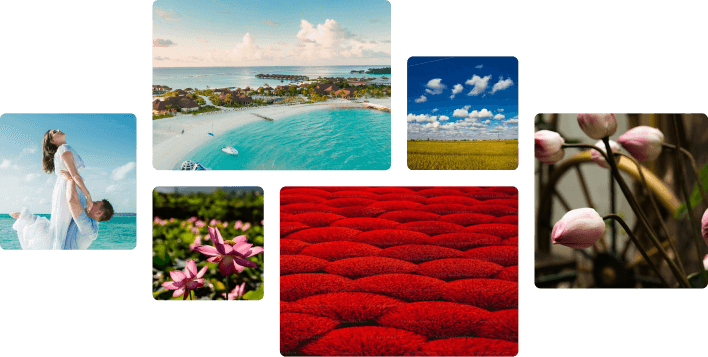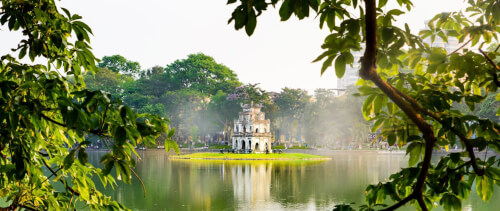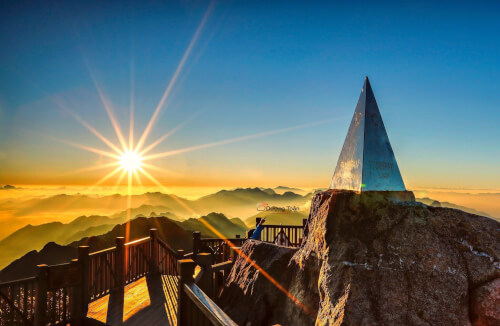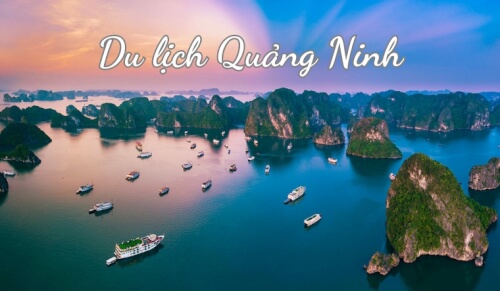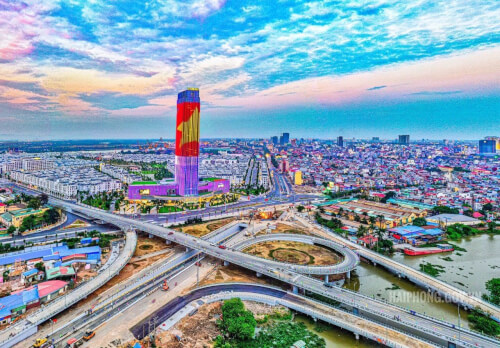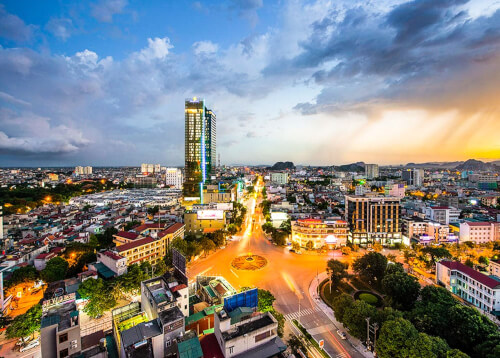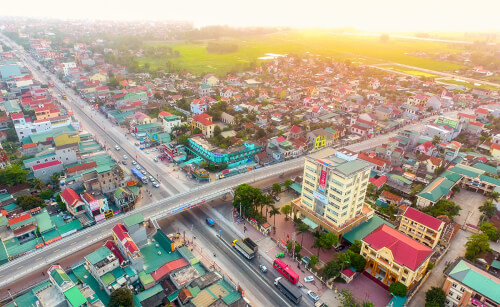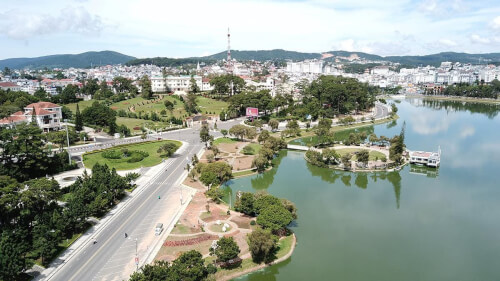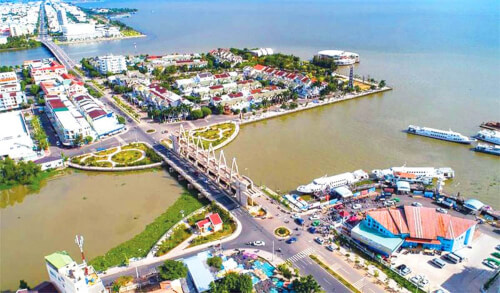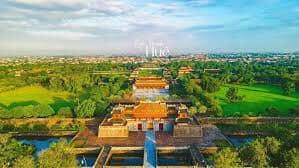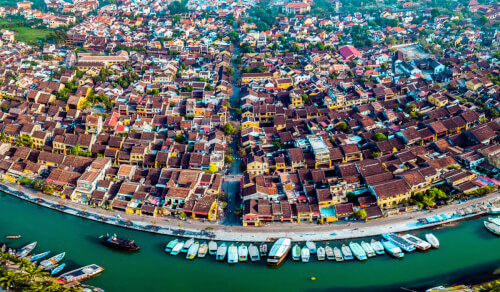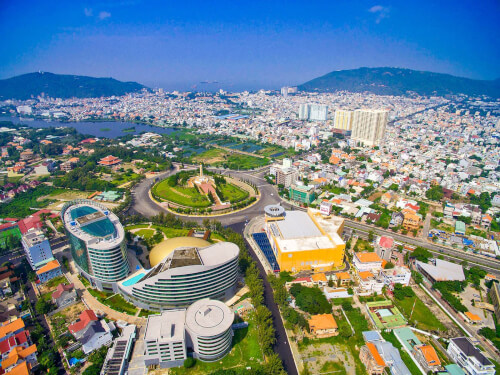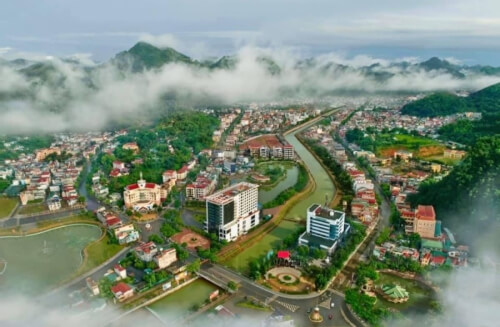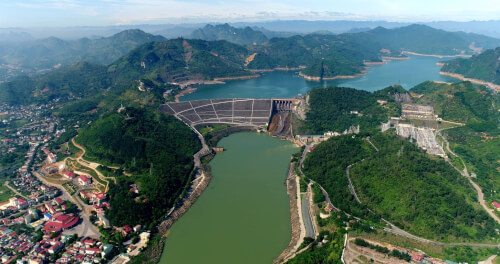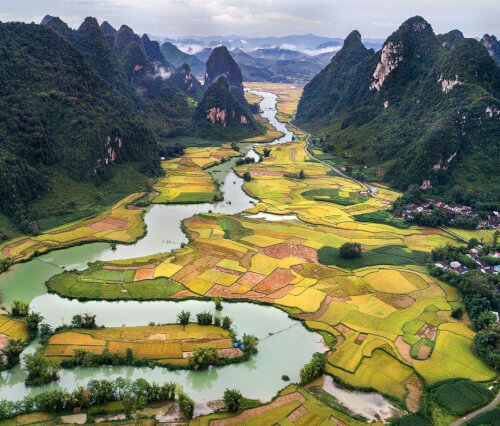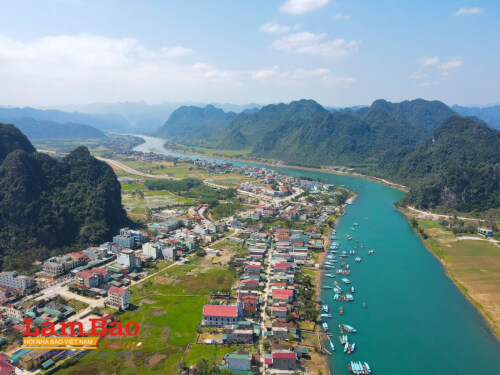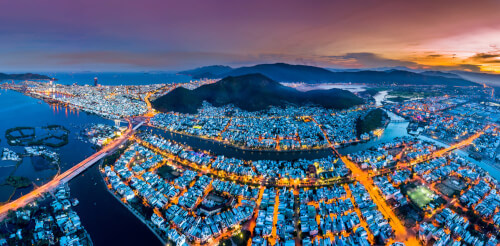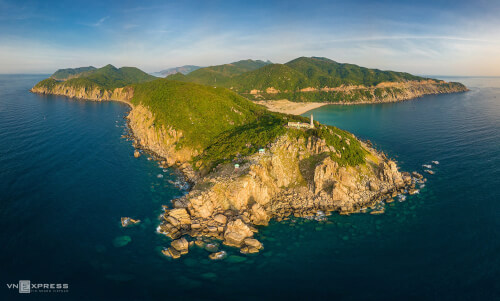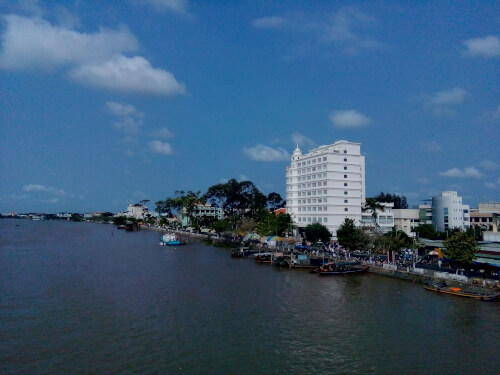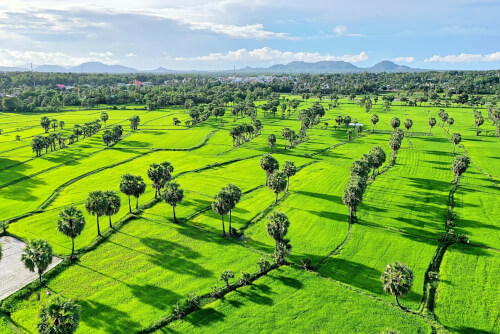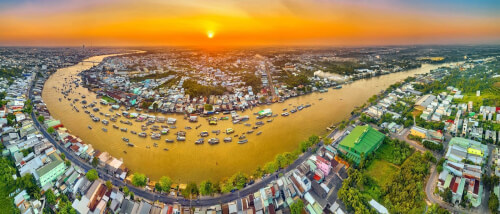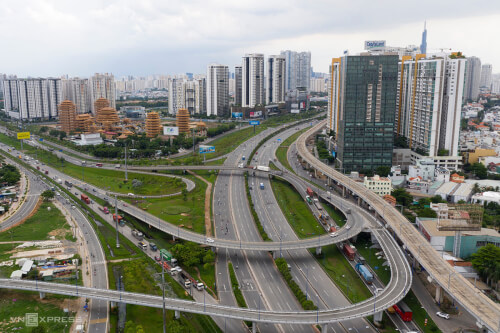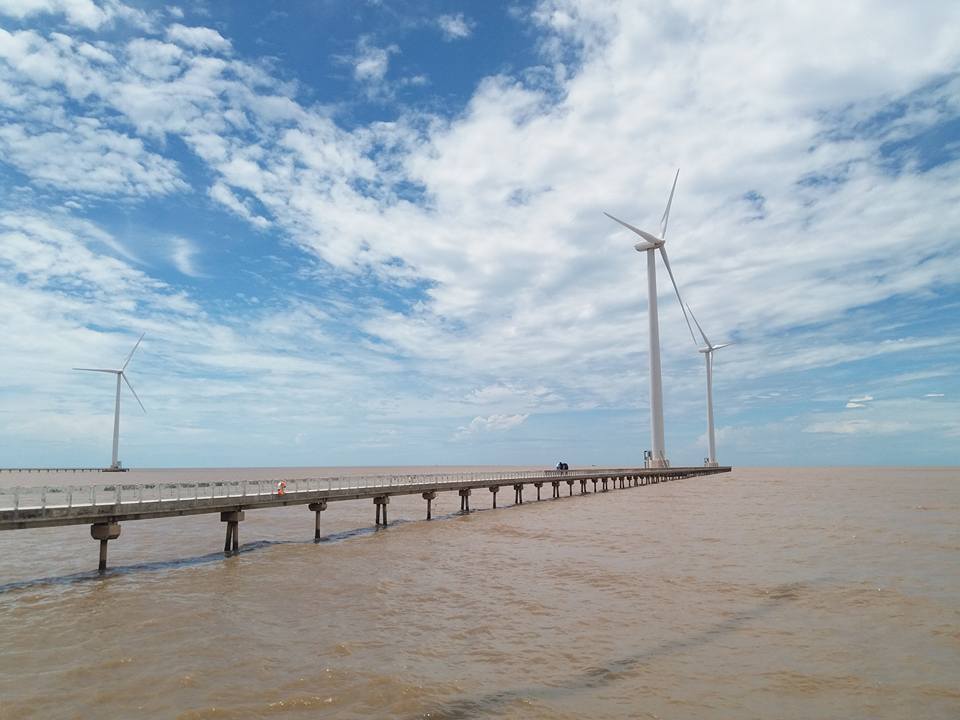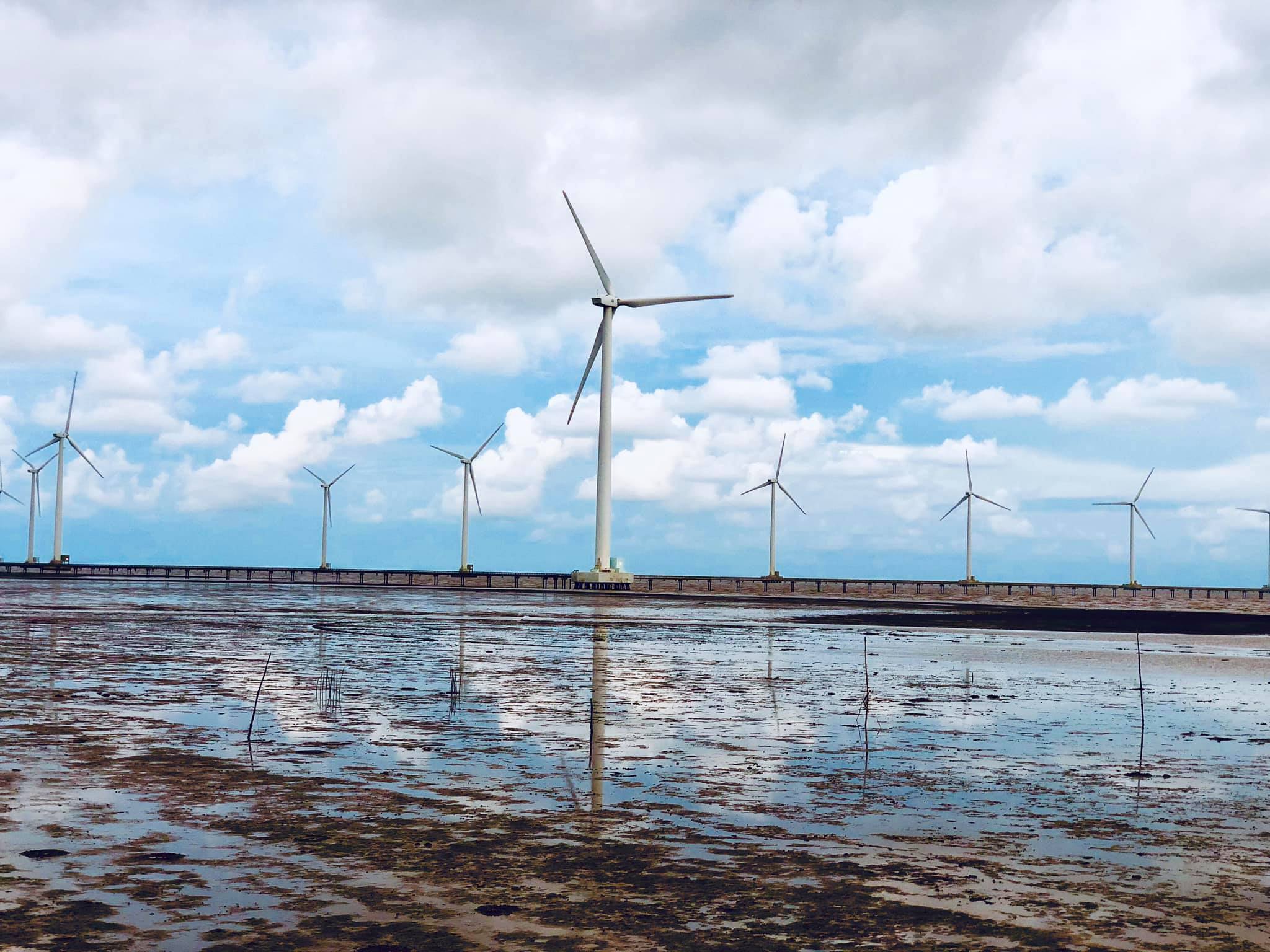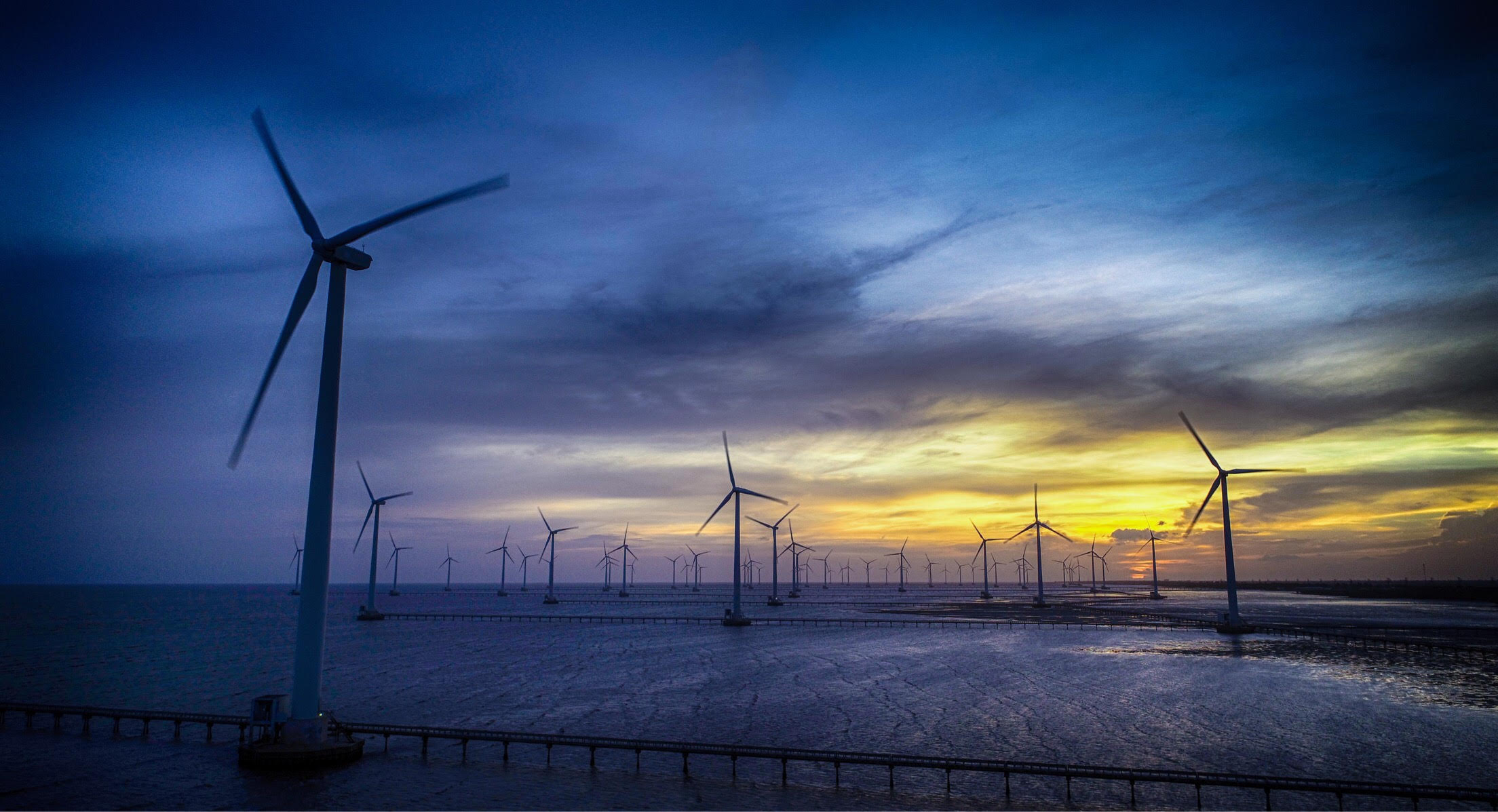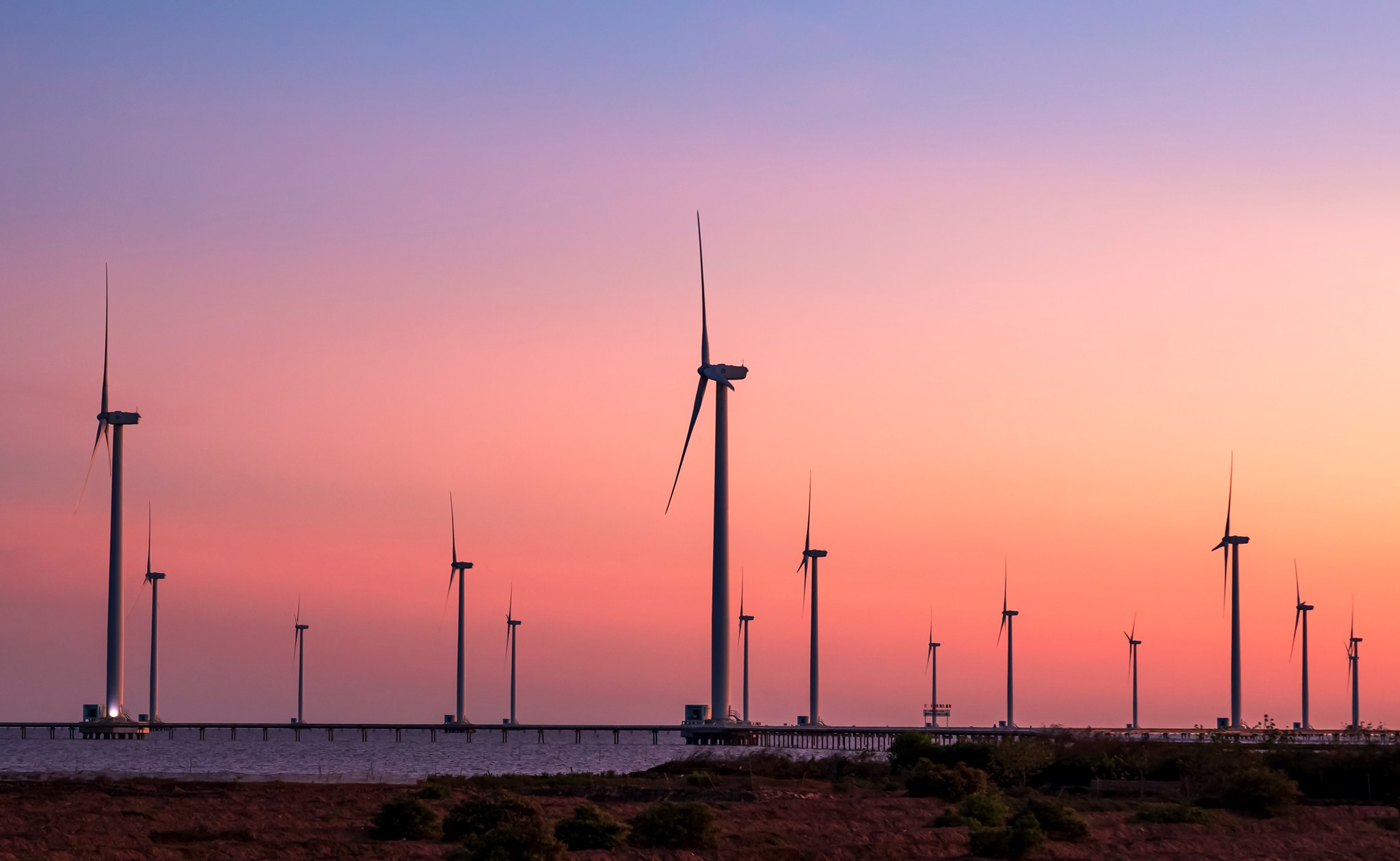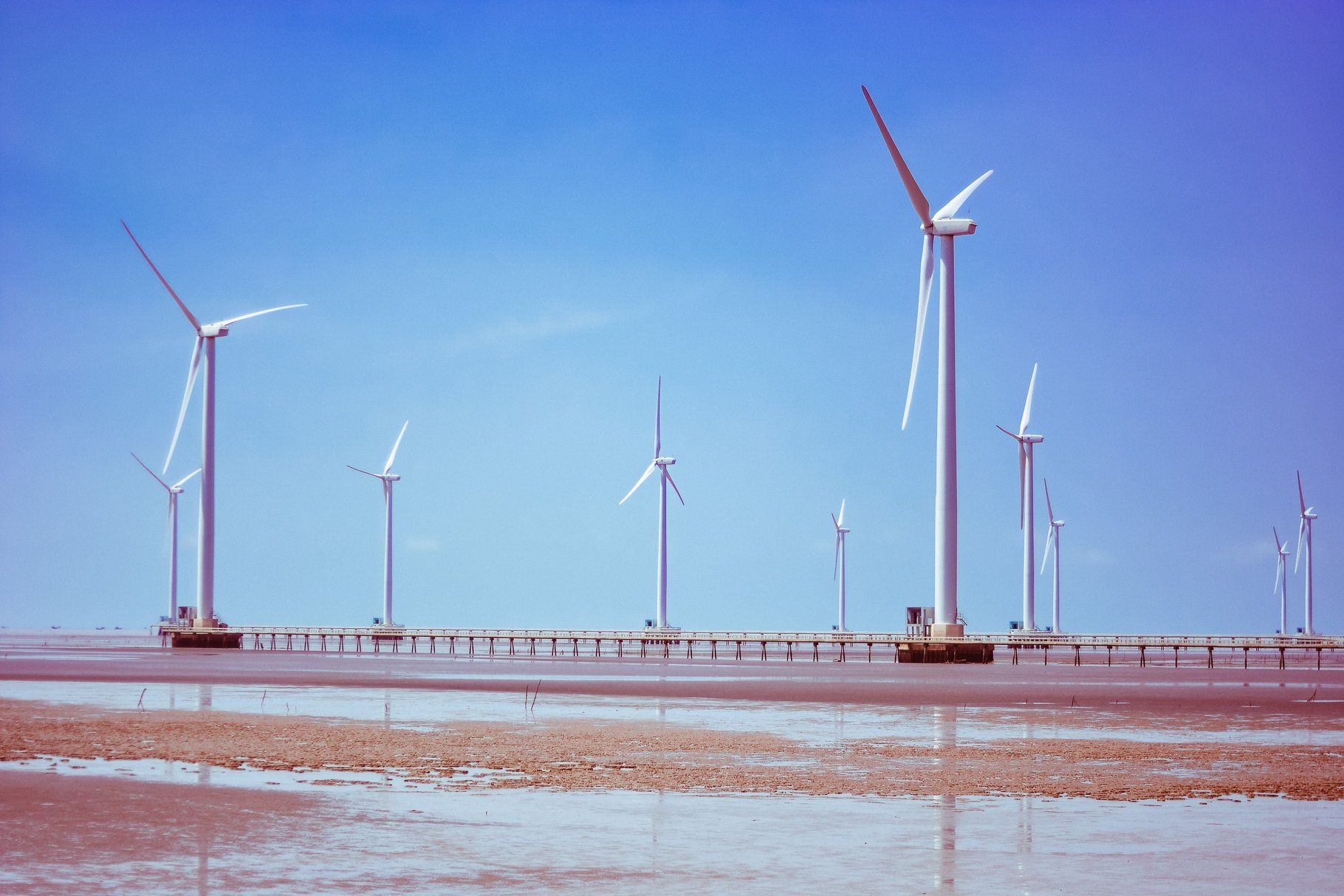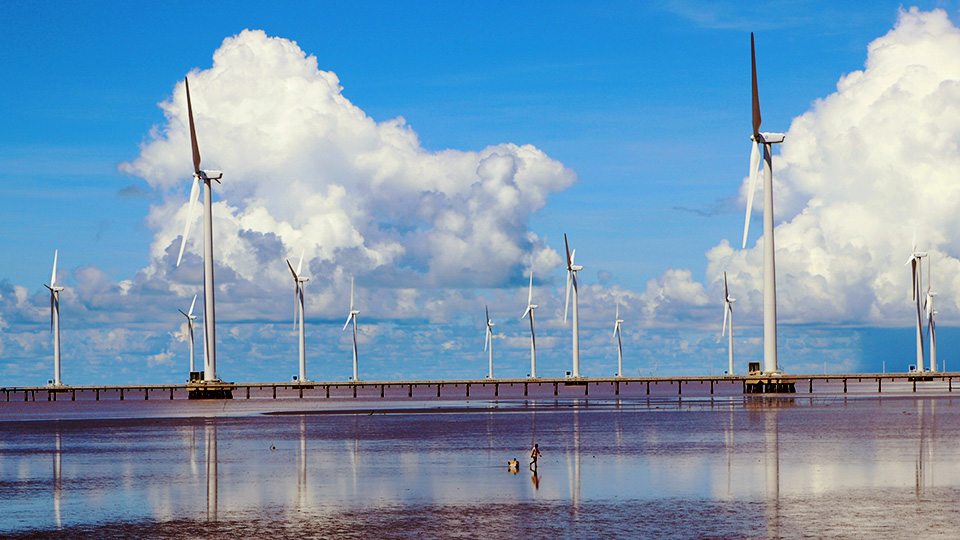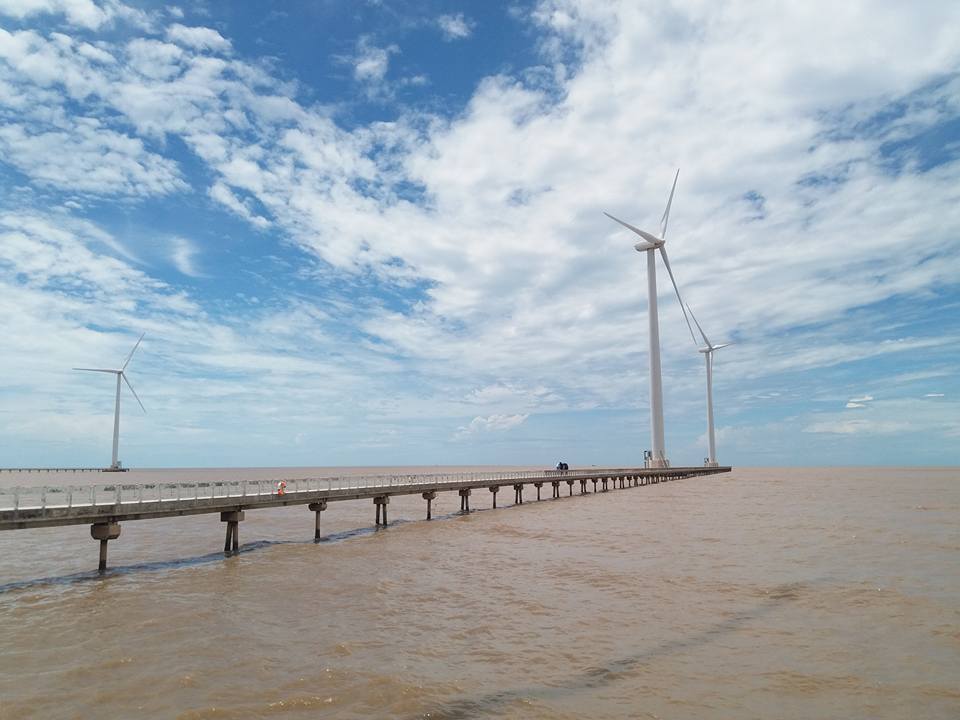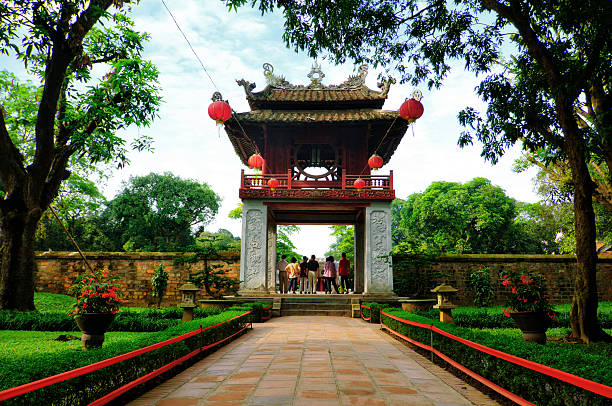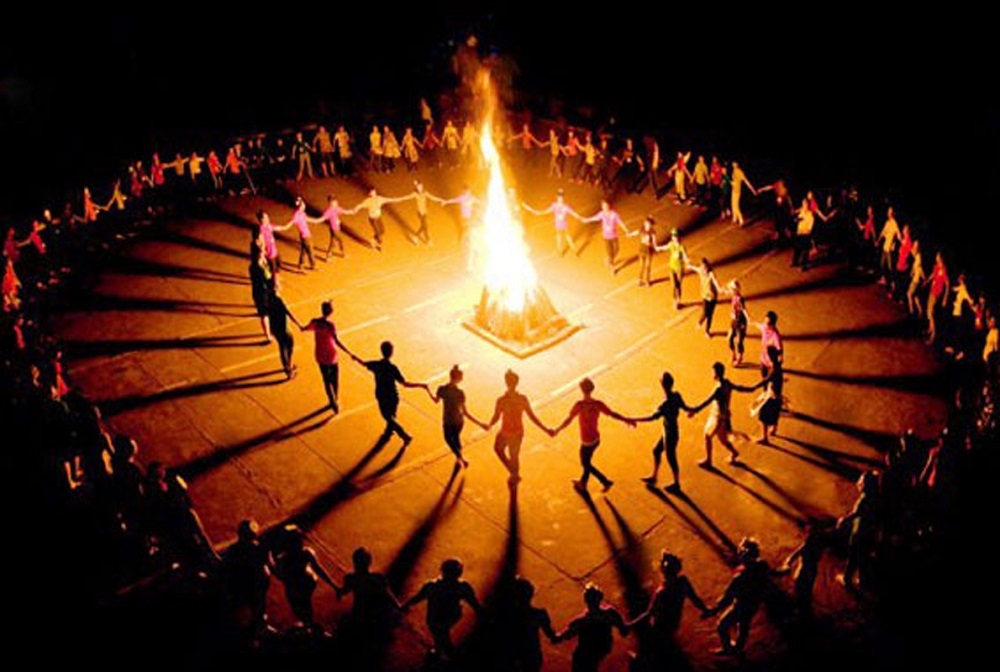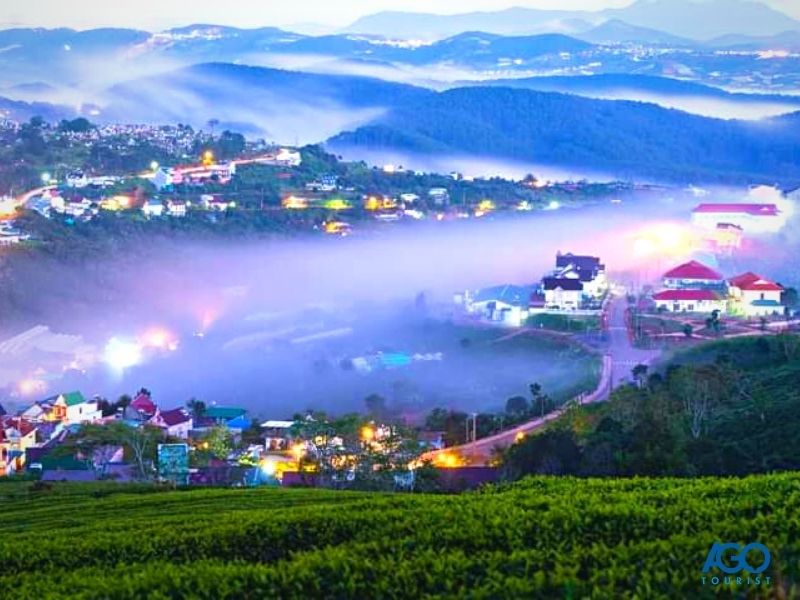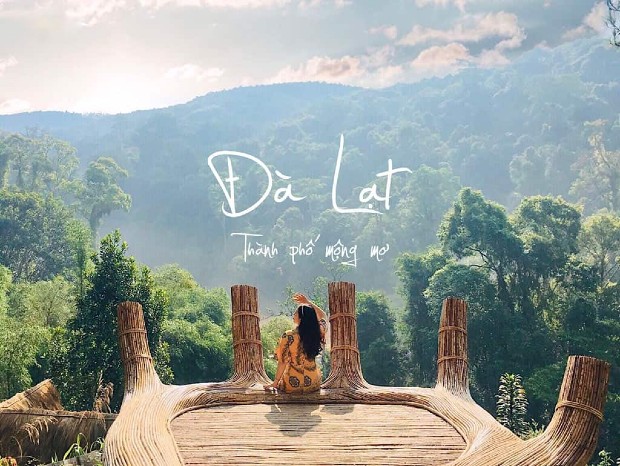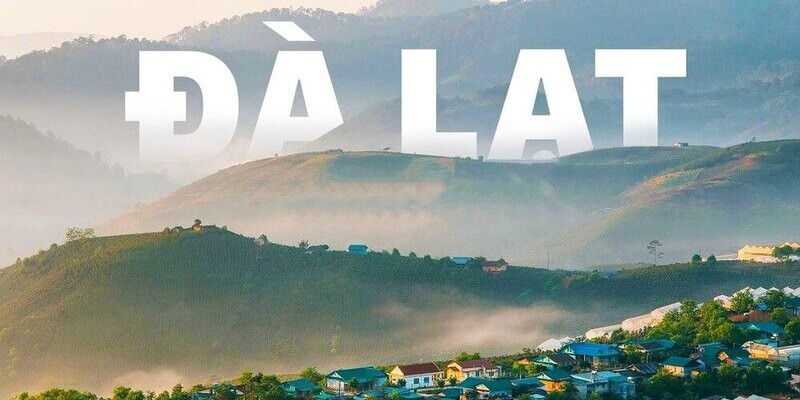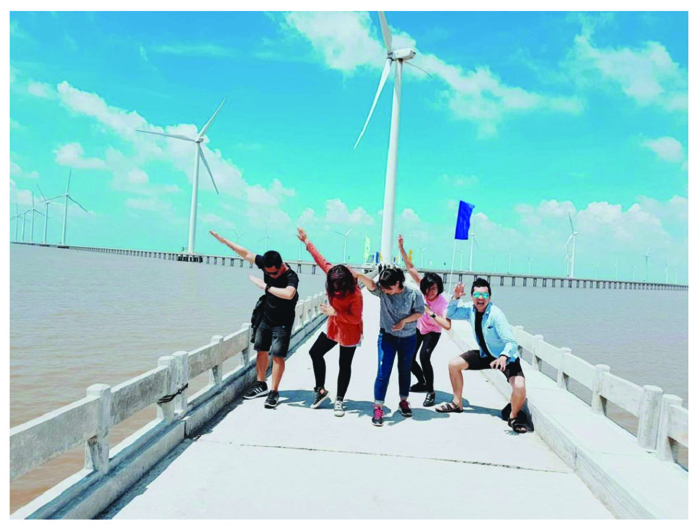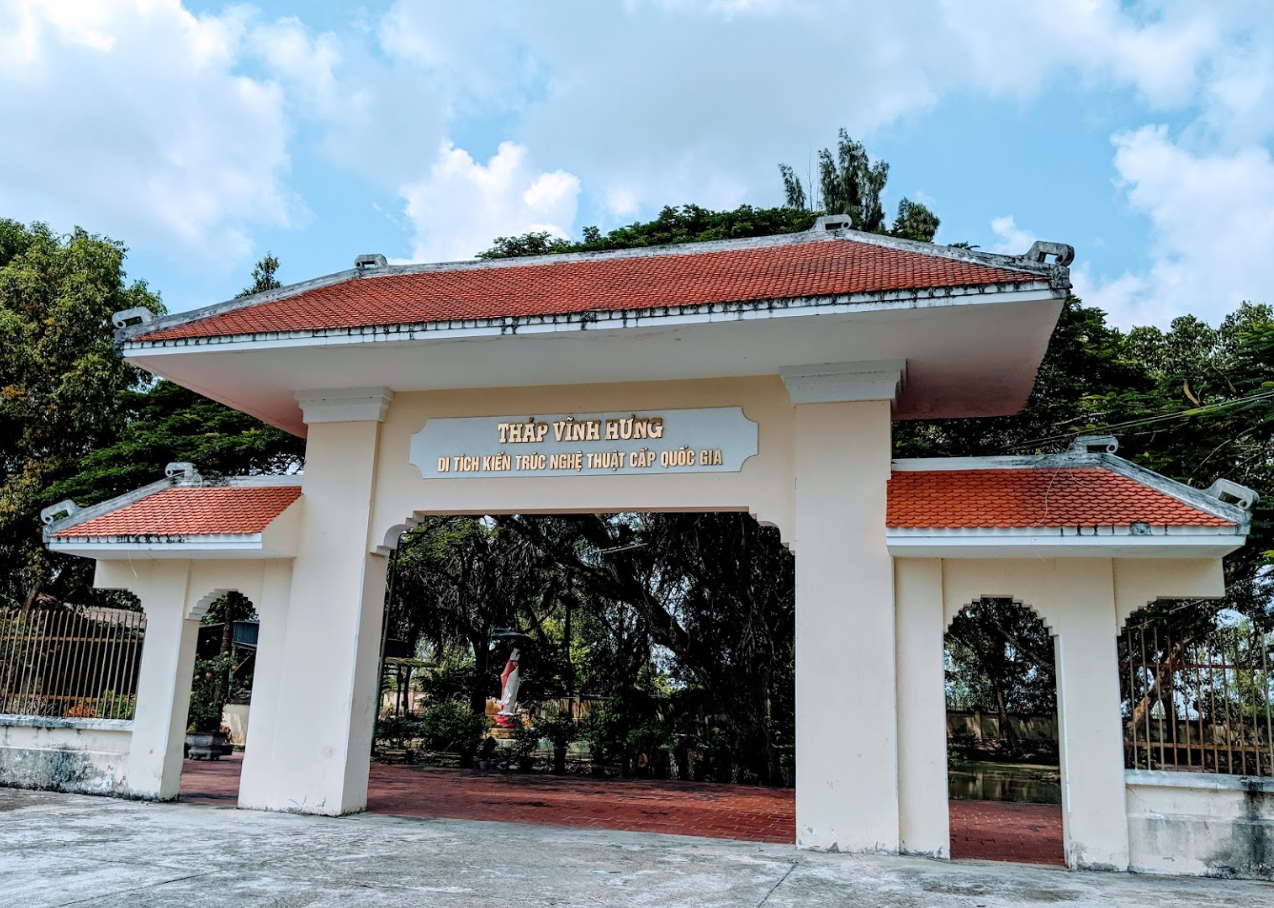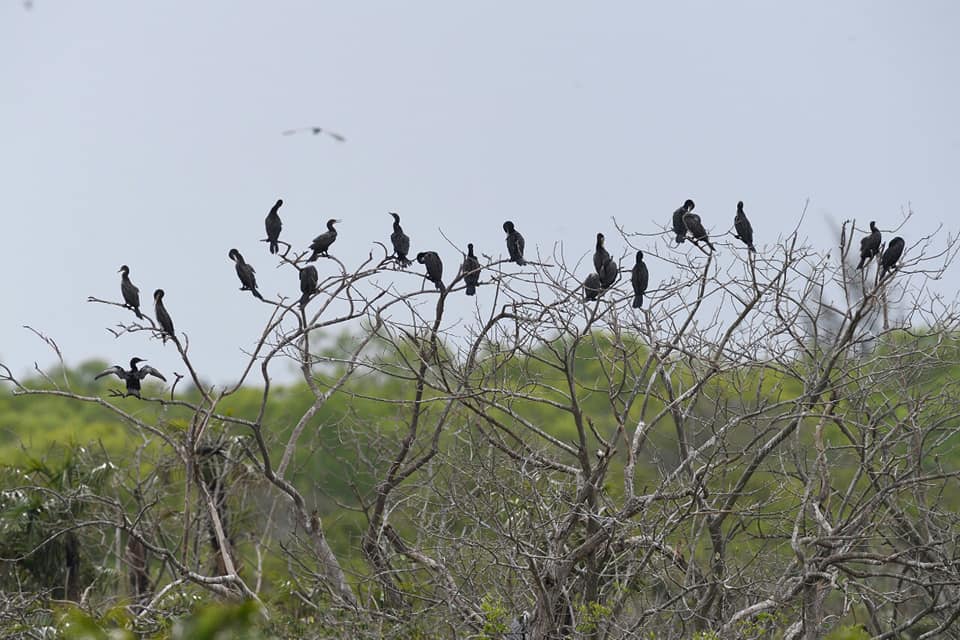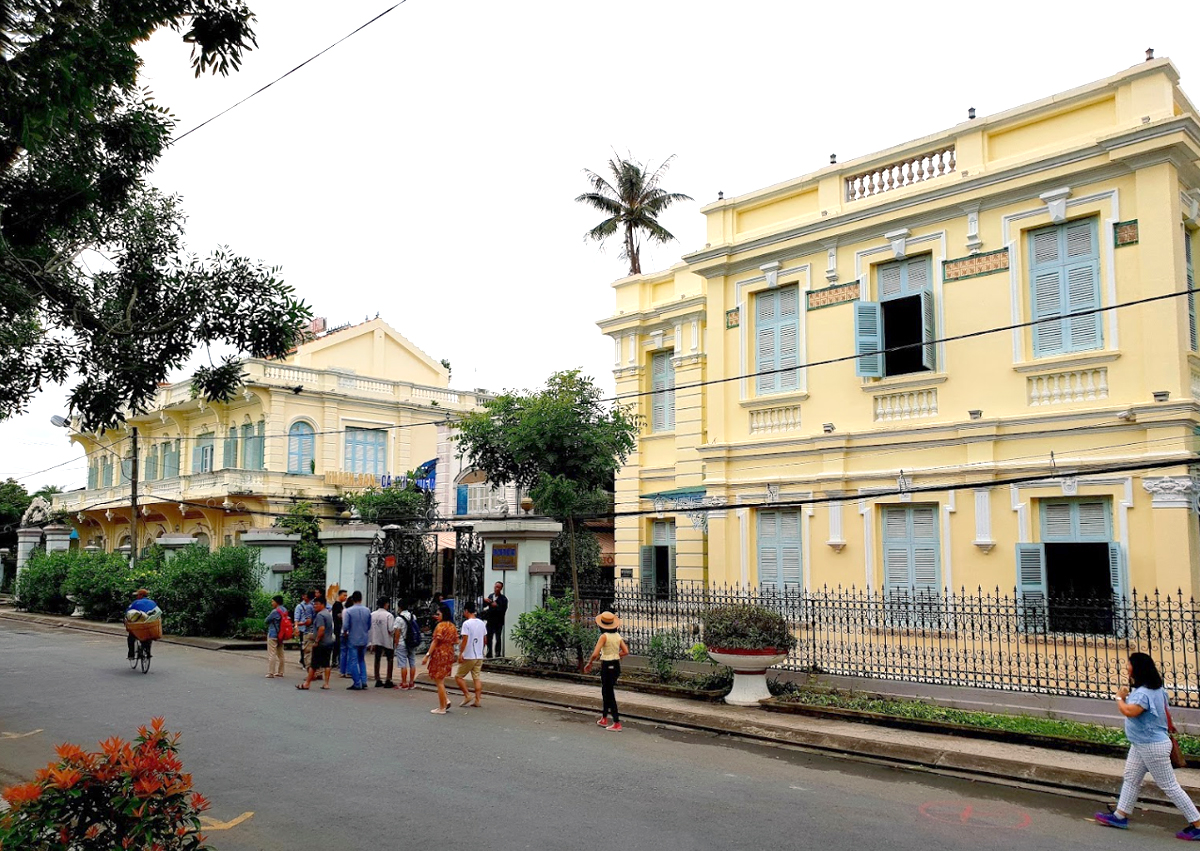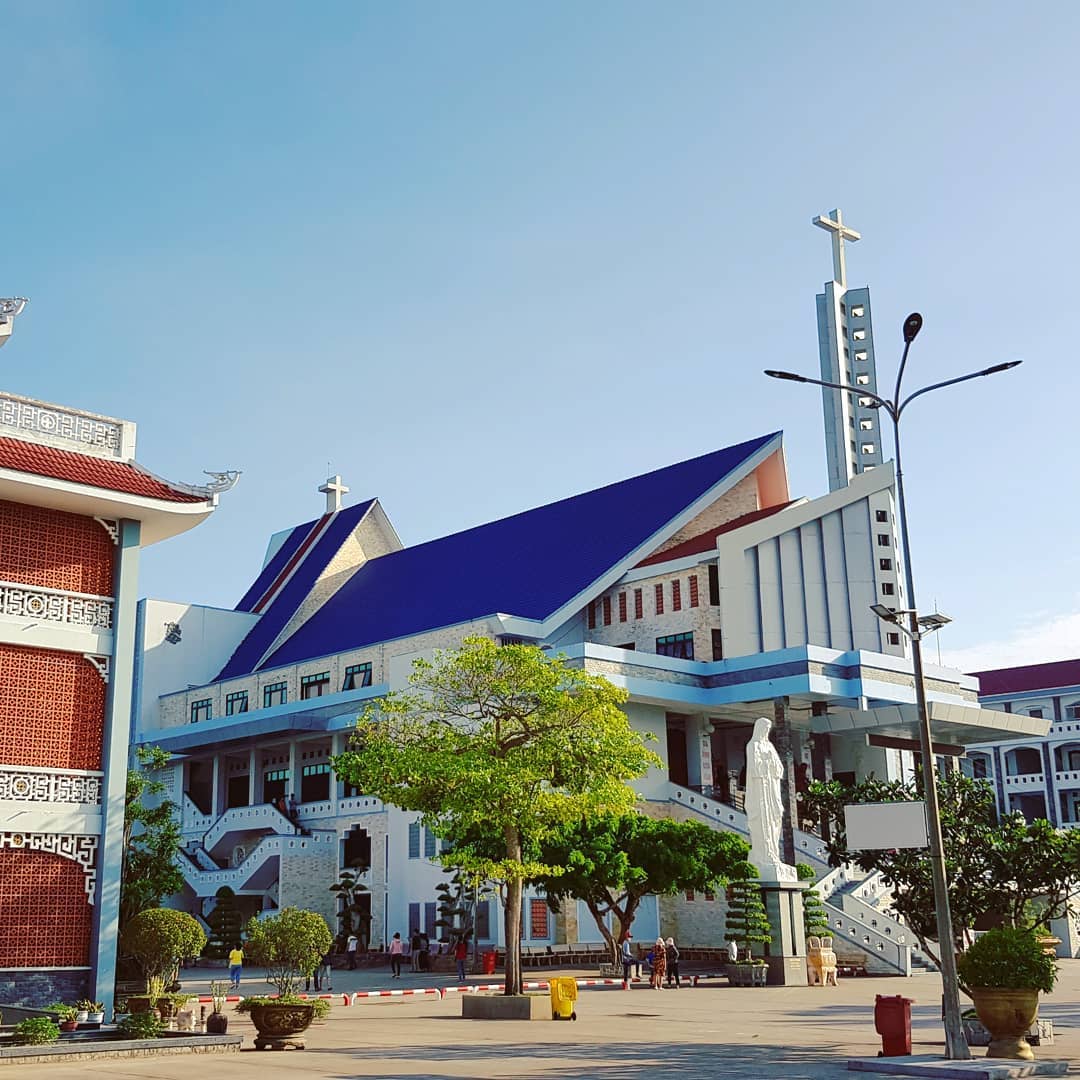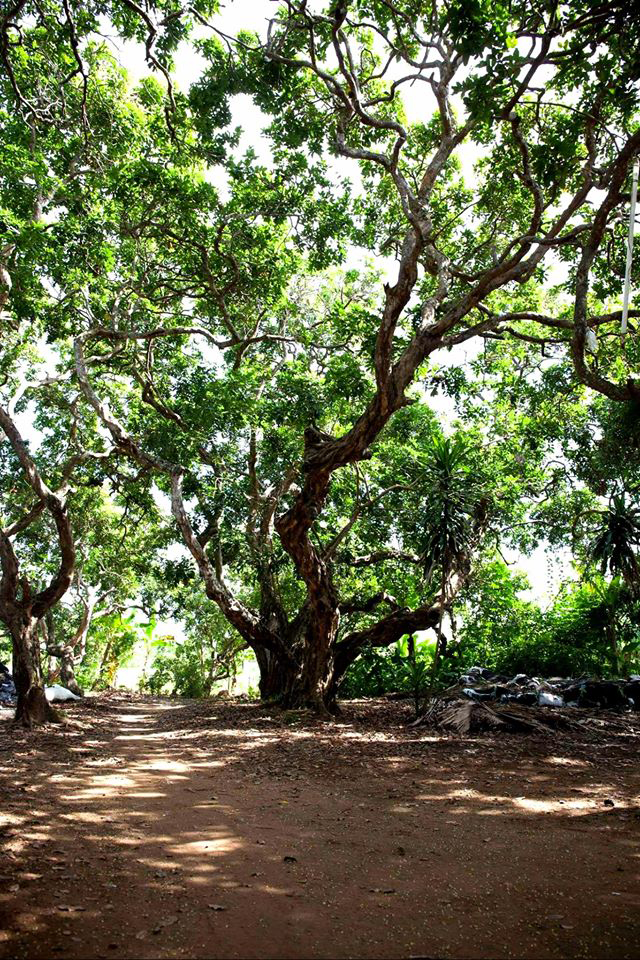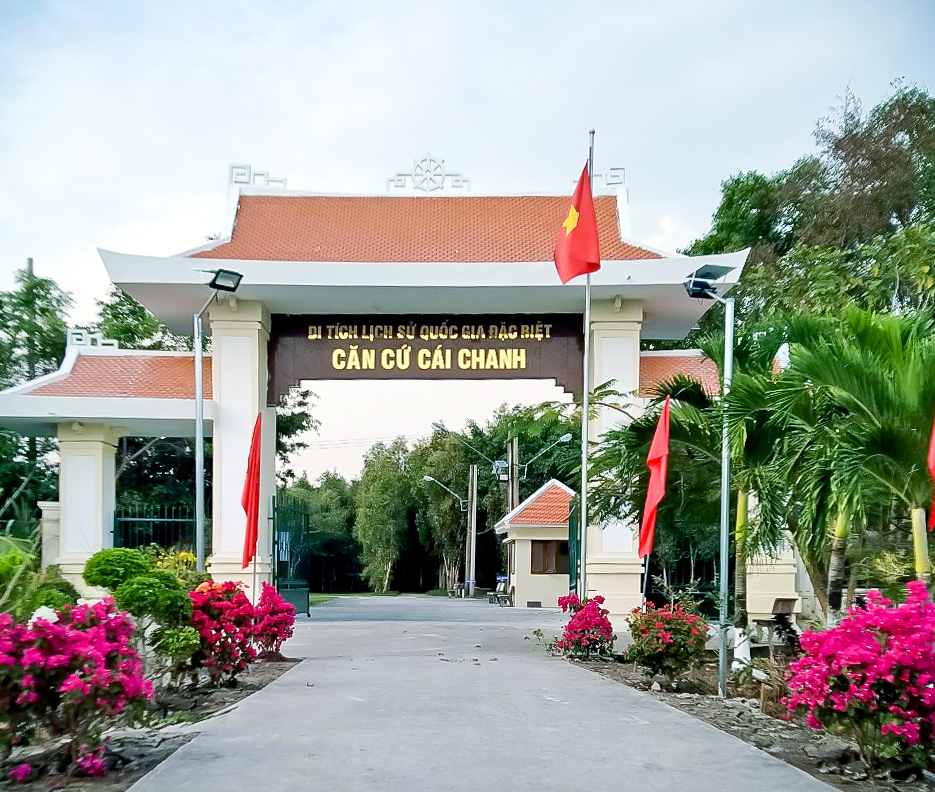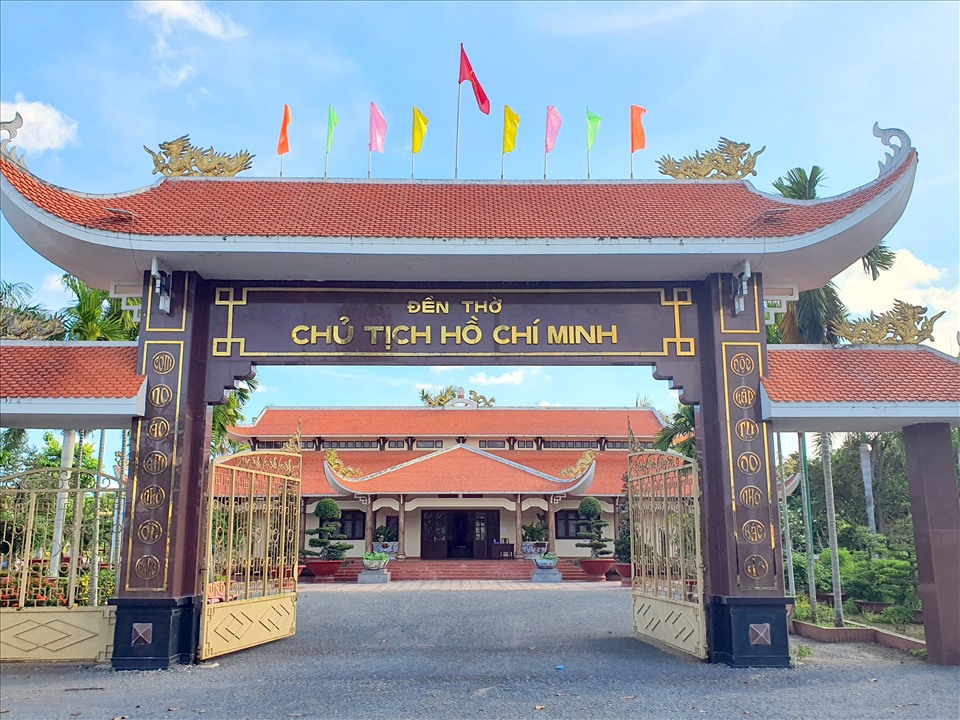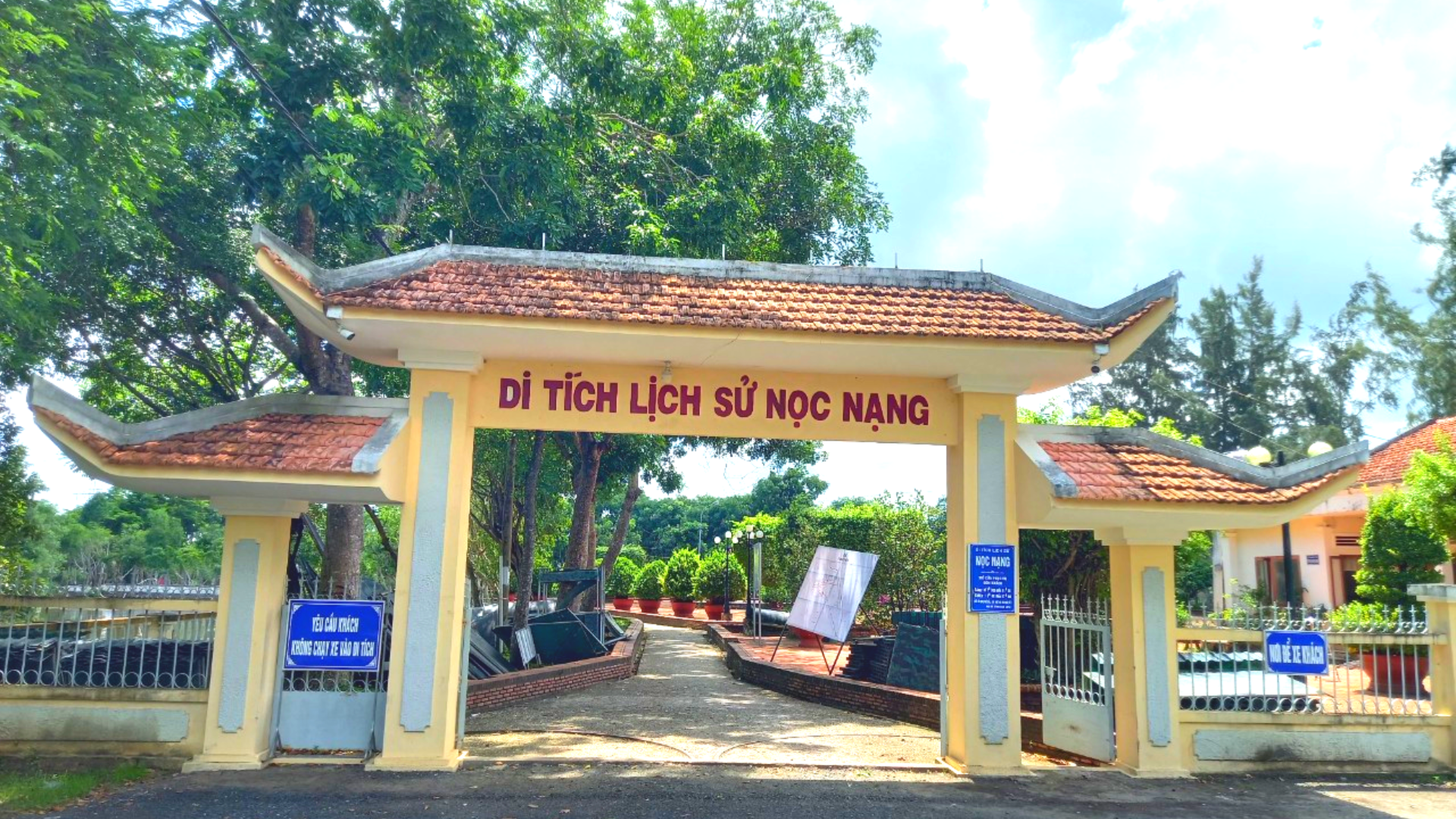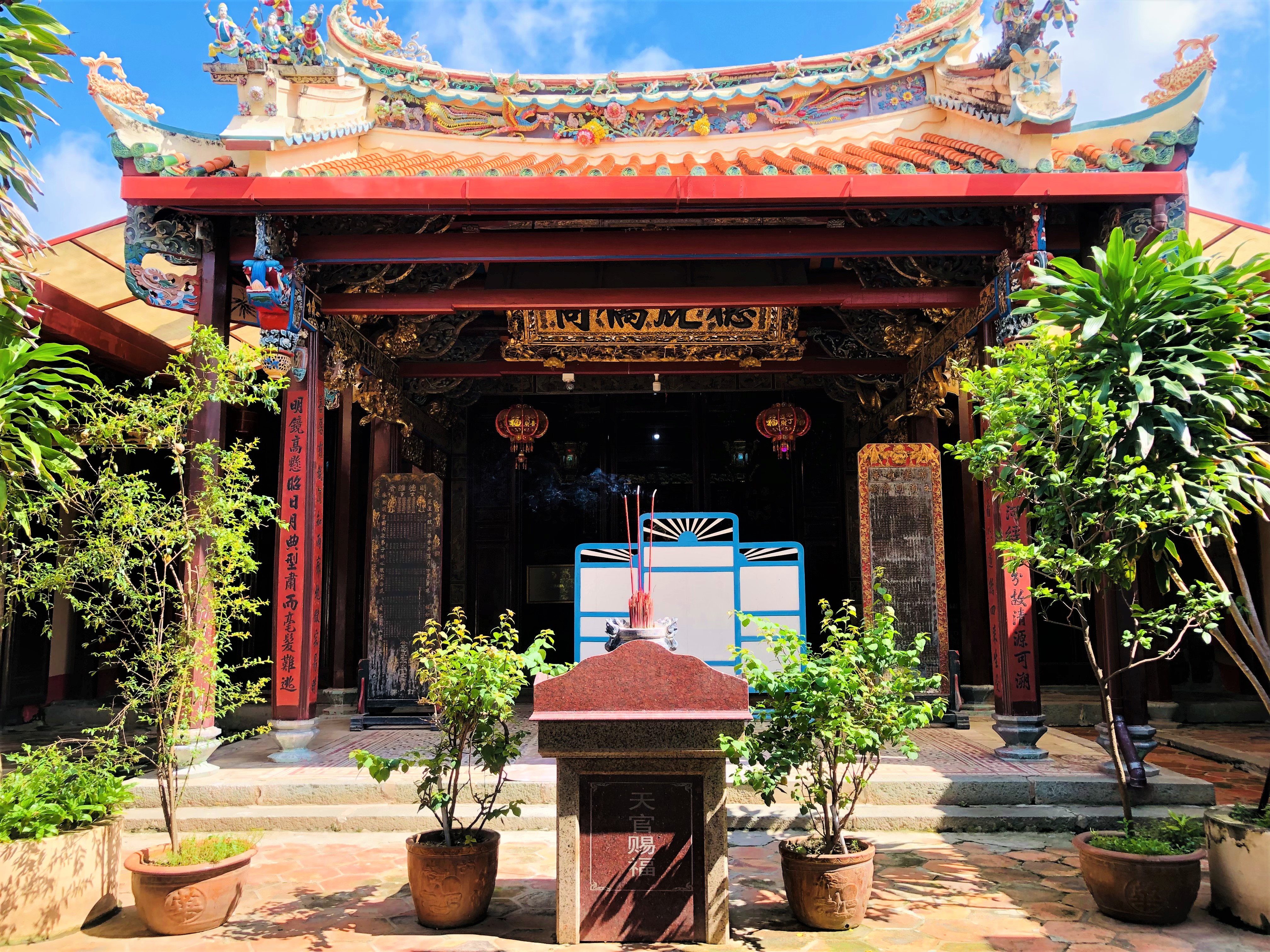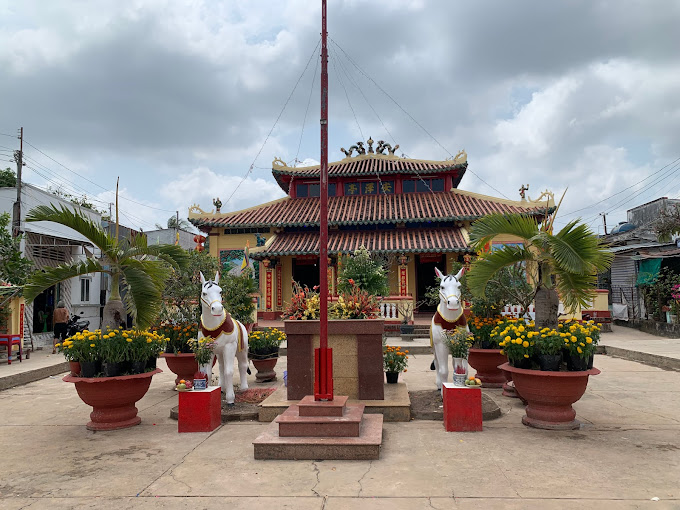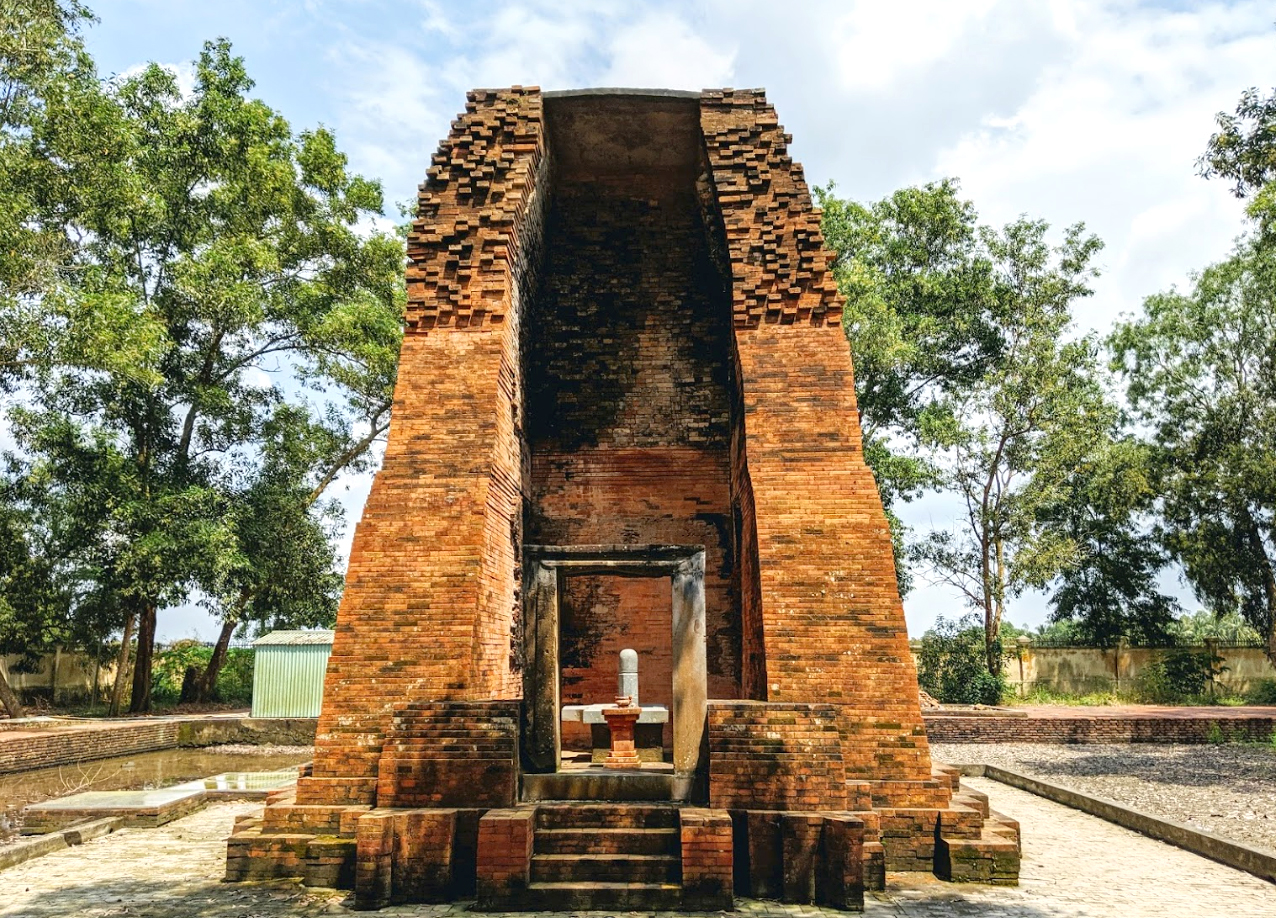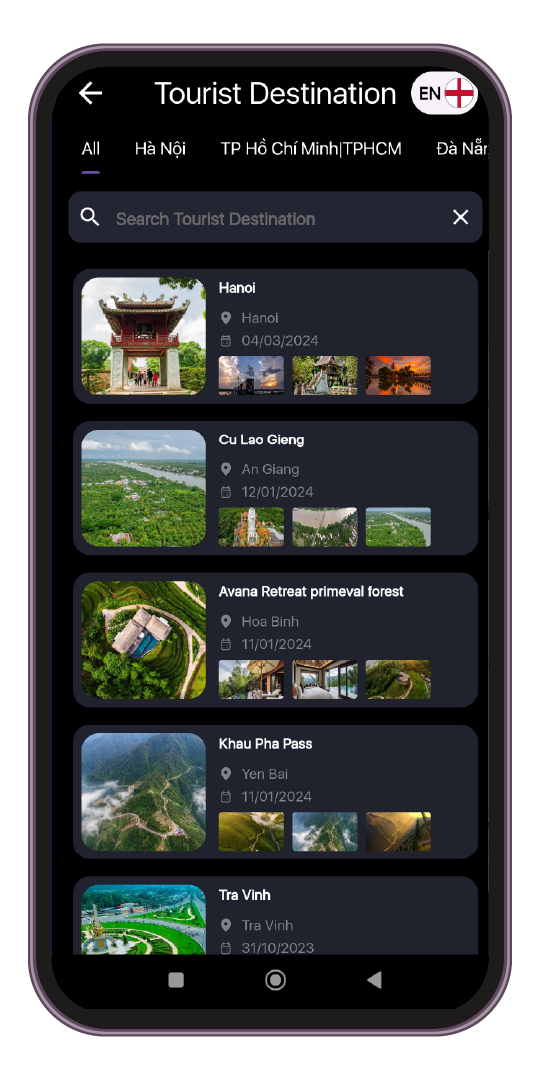Referring to wind power fields in Vietnam, of course, it is impossible not to mention the extremely poetic fields in Bac Lieu. In the past, almost everyone knew about Bac Lieu mainly because of anecdotes surrounding the house of Prince Bac Lieu or musician Cao Van Lau. Nowadays, coming to this southern land, visitors also have new experiences at the wing. Bac Lieu wind power farm. From Bac Lieu city, go through the ancient longan garden and Xiem Can pagoda to arrive. Bac Lieu wind power area is also known as wind power field or wind fan field, located in the coastal area of Vinh Trach Dong commune, Bac Lieu City, more than 10km from the city center. The road to the wind farm is paved so it is not too difficult to move. In addition, this is also an opportunity to explore the landscape surrounding the wind farm area with pristine mangrove forests and cages. Goby fish farming by coastal people. Bac Lieu Wind Power Park is the first wind power project in Vietnam, built in 2010 with an investment of thousands of billions of VND. Currently, there are 62 towers and turbines located at sea, each turbine is about 80m high, the rotor is 42m long,... With what is happening here, Bac Lieu Wind Power Plant is truly worthy of being considered as a typical example of clean and sustainable energy development not only in Bac Lieu but also in a large area of the western coastal region. Sun and wind. Anyone who comes here will enjoy the arrangement of wind turbines like giant and silent knights in the middle of a vast field where wherever they stand, they can take beautiful and impressive photos. The arrangement of turbine pillars combined with a concrete road above ground makes it easy to go from one area to another, and from afar the scenery is as beautiful as the European sky. Tourists coming here can freely check in and live virtually every corner. The scenery of walking in the distance, the wind blowing away a shawl or parasol is full of dreams. Right on the concrete road winding like a silk strip in the middle of the field, you can take a close-up portrait of yourself to see the wind turbines slowly rotating behind you. If you like, pan the camera down and you will see the sparkling mud fields, the biological system of the mudflats is also extremely interesting, in the distance are fish sauce trees and mangrove trees with deep roots in the ground... In particular, recently the Mekong Delta Tourism Association decided to recognize Bac Lieu wind power area as a typical tourist destination of the Mekong Delta, making Bac Lieu a locality with 9 typical tourist destinations. in the region. 8 previously recognized sites include: Uncle Ho's Temple, Southern Don Ca Tai Tu Art Memorial Area and musician Cao Van Lau, Hung Vuong Square, Hunan Ecotourism Area, Nhan Dan Beach. - Nha Mat Tourist Area, Quan Am Phat Dai Area, Bac Lieu Hotel, Bac Lieu Prince's House Area. Only after a period of being recognized as a tourist destination, the wind power field increased its appeal to visitors, with an average of tens of thousands of visitors coming here every month to admire it. Currently, Bac Lieu wind power area has become a famous tourist destination in the Southwest region, enriching Bac Lieu tourist destinations. When visiting the wind power area, visitors should pay attention to the safety requirements of the national grid corridor and mandatory work areas that must be strictly enforced, especially in areas where entry is prohibited. Visitors can freely visit within the permitted scope but be polite and do not make noise that would affect the work of the engineers working here.
Bac Lieu 2195 view From January to December
Ngày cập nhật : 01/04/2023

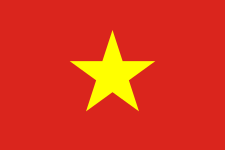 vn
vn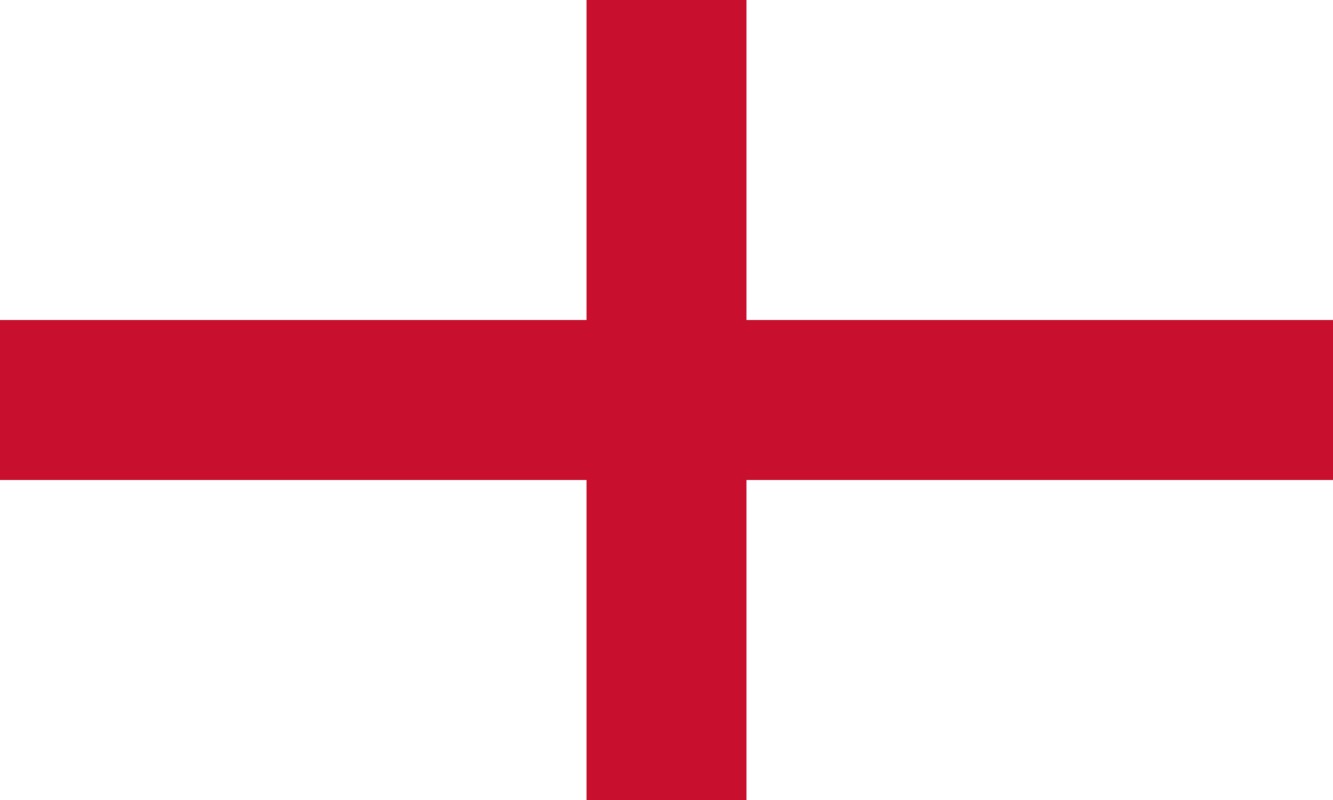 en
en ja
ja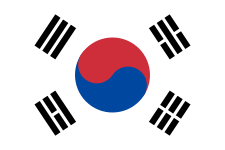 ko
ko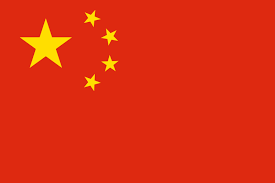 zh
zh

